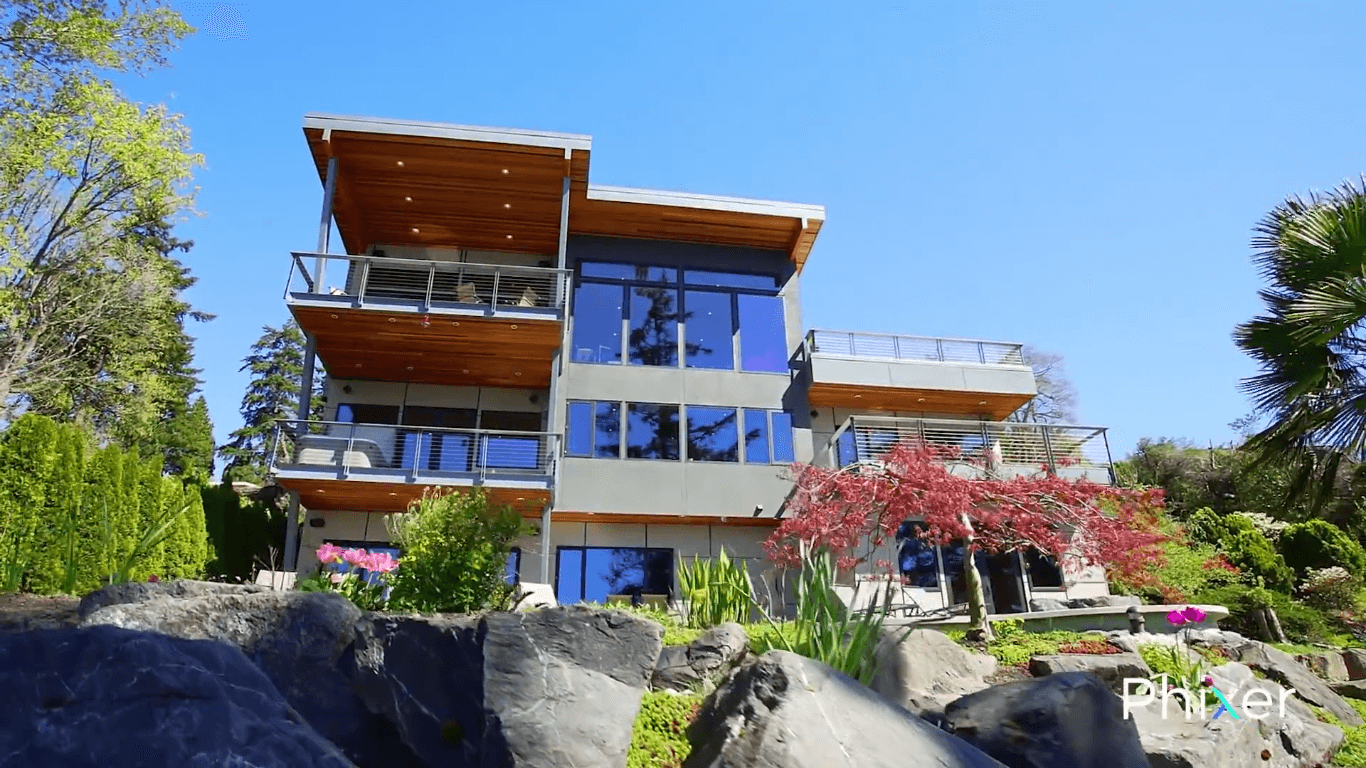Real estate photography is a good field to start in if you’re looking into photography as a career. It can be a profitable field, especially since online marketing for real estate is growing and people are more and more willing to spend money on great photos. However, there are challenges that come with shooting real estate.We will focus on some tips to that will make a huge difference in the product that you produce for your clients.
If you want to dabble in real estate photography, keep in mind these tips to help you become a success in this field:
• Ready your gear. When you win the business and you’re booked for a shoot, take the time make sure that you have everything that you need. Never wait until the last minute to pack as you might forget the essentials items. A project checklist is highly recommended. Remember to bring extra memory cards and extra batteries since you will be shooting on location. An extra camera body is preferable if your budget allows for it. Double check your gear and ensure that you’ve got most, if not all, of the possible scenarios covered.
• Always use a steady tripod. You can save you and your real estate agent a lot of time and make your clients happy just by having a steady tripod with an adjustable head. Having to reset your shots can be time-consuming on site and in post-production. Check you tripos to make sure there isn’t an excessive amount of play that can alter the composition of your shots. This will be handy, especially if you will be using HDR for some of your post-production.
• Go wide. A wide-angle zoom lens is indispensable for real estate photography. Make sure you have a good supply of versatile lenses that can do the job for real estate photo shoots.
• Pack more than one flash. When shooting real estate, you need to be ready for whatever the setup is. For shooting smaller rooms, you can get away with just one flash. For large rooms, however, you will need to have extra flash or lights to fill in the shadows. You can also use a reflector or an LED panel for this purpose. The goal is to augment the lighting in the space, especially for darker rooms.
• Shoot from waist level. When you’re shooting an interior space and from a standing position, you will look down on most of the interior scenes. For interiors, you have to shoot from waist level in order to emphasize the décor and the furniture in the space. A trusty tripod will also come in handy for a steady perspective.
• Compose properly. Shooting interior is quite different when you have a model to work with. Since real estate photography usually features decors or space. It is important that you frame and compose your shot accordingly. Don’t be afraid to move stuff around and remove elements that are distracting.
• Opt for the right aperture. Shoot with the correct aperture in order to keep everything in focus. Although stopping down smaller than a camera’s maximum aperture size is great if your goal is to get bokeh, this is not ideal for most real estate shots. It is important to go for larger f-numbers, around f/8 or higher to keep more of the room in focus.
• Create your own editing presets. There will be projects where you’ll be pressed for time. Having your own presets for editing will save you time and let you create your own style of editing. A process in place will allow you to shorten editing time so you can send your outputs right away.
• Quick turnaround. The real estate industry is usually fast-paced. Along with having your own editing presets, make sure that you deliver your images on time if not earlier. The faster you can deliver, the better. This ensures that you get good reviews from the harried real estate agents tath will undoubtedly comprise your client list.
Source of inspiration (random order):
- A Beginner’s Guide to Aperture and Depth of Field – link
- 13 Real Estate Photography Tips and Mistake – link
- Real Estate Photography – a Guide to Getting Started – link
- Real Estate Photography – 25 Tips From The Pros – link
- 9 Awful Real Estate Listing Photos—And How To Avoid Taking Them – link
- 10 Tips for Consistently Great Real Estate Photography – link
